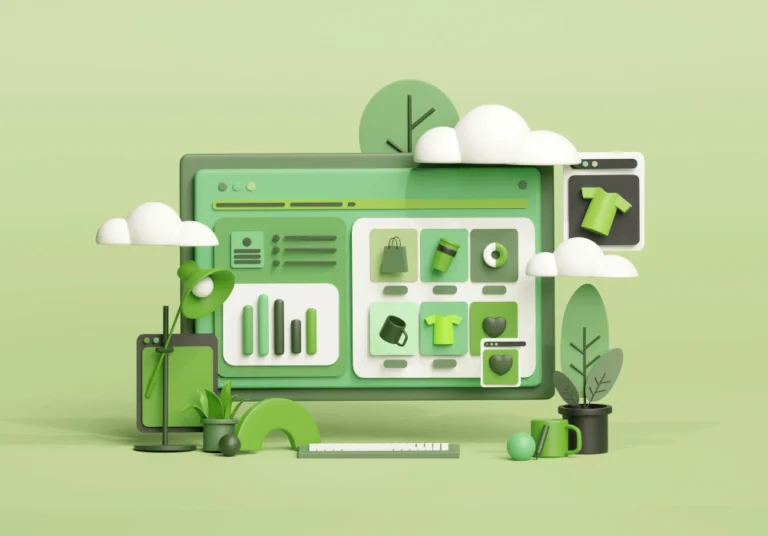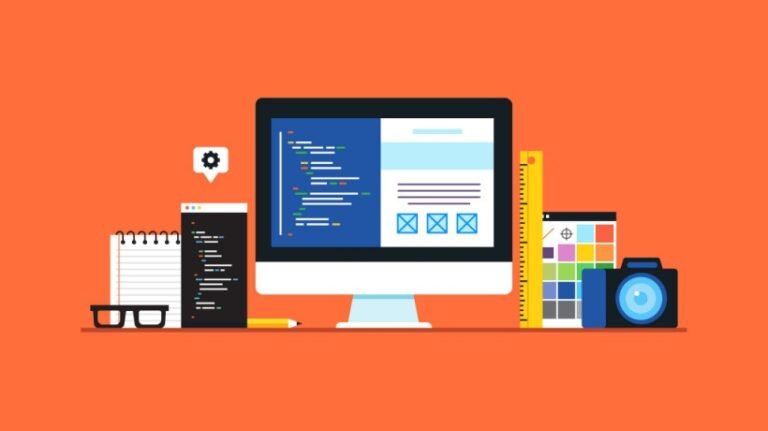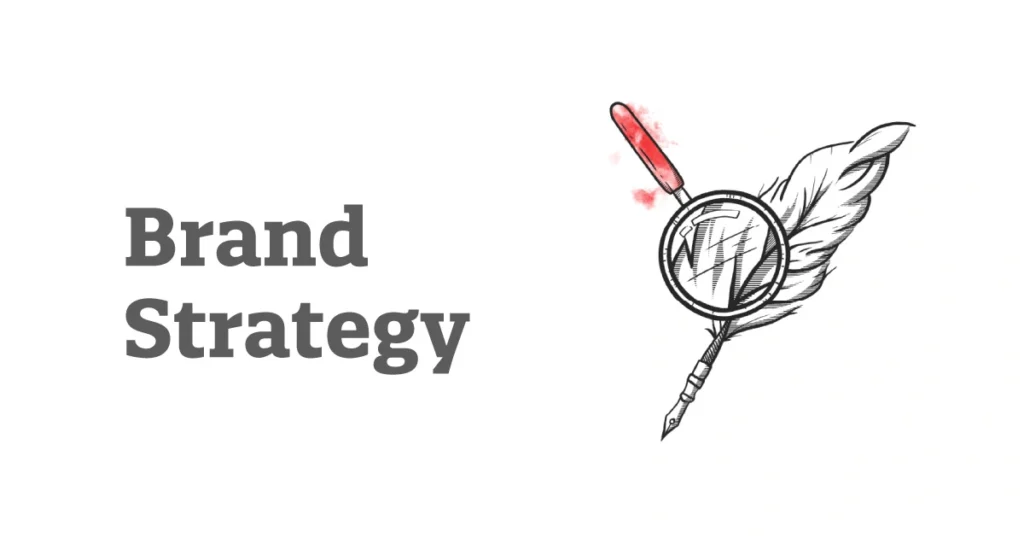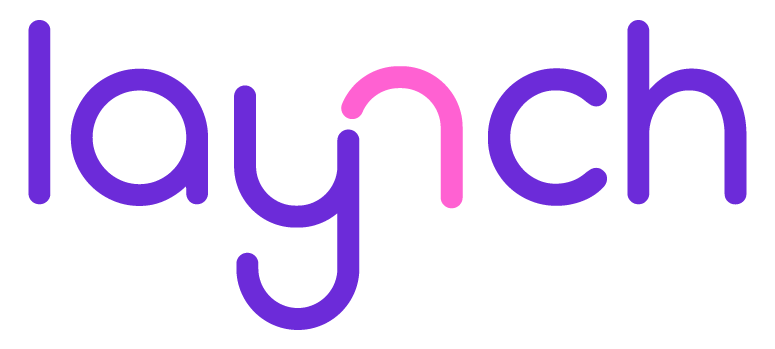Introduction
In the competitive world of design, your graphic design portfolio is more than just a collection of projects—it’s your personal brand. It tells potential employers, clients, or collaborators who you are, how you think, and what makes your work unique. Whether you’re applying for an agency role, pitching graphic design services, or freelancing, your portfolio often becomes the deciding factor in whether you land the opportunity.
But what exactly makes a strong portfolio? Should you include student projects? What are the common mistakes to avoid?
In this guide, we’ll break down everything you need to know about creating a professional, memorable, and client-ready graphic design portfolio that makes you stand out.
Why Your Graphic Design Portfolio Matters
Think of your portfolio as your visual résumé. Unlike a traditional CV, it demonstrates your skills in action—from your understanding of design principles to your ability to solve real-world problems creatively.
A strong portfolio helps you:
- Showcase skills clearly (typography, branding, UX, illustration, etc.)
- Demonstrate versatility across different mediums and industries
- Highlight problem-solving abilities, not just aesthetics
- Build trust with clients by showcasing past work
- Differentiate yourself from other designers
If your goal is to secure clients searching for graphic design services or impress hiring managers, your portfolio is your most valuable marketing tool.
What to Include in a Graphic Design Portfolio
When building your portfolio, quality always beats quantity. Rather than adding everything you’ve ever created, curate only the most polished, professional, and relevant projects. Here’s what belongs in an impressive portfolio:
1. Your Best Work (Curated Selection)
Select 8–12 of your strongest projects. It’s better to showcase fewer, high-quality designs than overwhelm viewers with dozens of average ones.
- Focus on variety—logos, branding, web design, packaging, social media visuals, etc.
- Prioritize recent work to show your current skill level.
- Include pieces relevant to the type of graphic design services you want to offer.
2. Real-World Projects
If you’ve worked with clients, highlight those. Employers and clients want to see how you translate design into real business outcomes.
- Add branding systems, ad campaigns, or packaging designs that went into production.
- Share case studies where your designs impacted sales, engagement, or visibility.
3. Class Projects (With Caution)
A common question is: Should you include school projects in your portfolio? The answer is yes—but only if they’re polished and relevant.
- Refine class projects beyond the assignment.
- Treat them as client projects by adding context: target audience, problem, and your solution.
- Don’t rely solely on academic work—mix in passion projects or freelance gigs.
4. Passion & Personal Projects
If you’re early in your career or want to break into a niche, personal projects are invaluable. They show initiative and creativity.
Example:
- Create a rebrand for a favorite coffee shop.
- Redesign outdated logos for practice.
- Develop a fictional campaign to showcase your best blog posts graphic design skills.
5. Process Work & Case Studies
Clients and employers don’t just want to see final designs—they want to understand your thinking.
Include:
- Initial sketches
- Wireframes
- Mood boards
- Color palettes & typography explorations
- Before-and-after comparisons
Adding case studies makes your portfolio more engaging and highlights your problem-solving ability.

6. A Strong About Section
Your portfolio isn’t just about the work—it’s also about you. Add:
- A professional headshot
- A short bio that highlights your style, values, and approach
- Your expertise in providing graphic design services
- A clear call-to-action (e.g., “Hire Me” or “Let’s Collaborate”)
7. Contact Information & Social Links
Make it easy for viewers to reach you. Add:
- Email or contact form
- LinkedIn, Dribbble, Behance, Instagram, or personal blog links
- A downloadable résumé (optional)
What to Avoid in a Graphic Design Portfolio
A great portfolio isn’t just about what you include—it’s also about what you leave out. Avoid these common mistakes:
1. Too Many Projects
Don’t add every design you’ve ever made. Employers don’t have time to scroll endlessly. Curate carefully.
2. Low-Quality Images
Blurry screenshots or pixelated images instantly lower your credibility. Always showcase work in high resolution.
3. Outdated Work
If your design style has evolved, don’t include old projects that don’t reflect your current abilities.
4. Lack of Context
Never just drop an image without explaining the project. Viewers want to know the problem, process, and results.
5. Overloading with Class Projects
While student projects are okay, don’t let them dominate your portfolio. Employers want to see practical, real-world applications.
6. Cluttered Layouts
Your portfolio itself is a design project. If it looks messy, it reflects poorly on your skills. Keep navigation clean and intuitive.
Digital vs. Print Portfolios
Depending on your career goals, you may need one or both:
Digital Portfolio
- Hosted on a personal website or platforms like Behance or Dribbble
- Easily shareable with global clients
- SEO-friendly (great for showcasing best blog posts graphic design content)
Print Portfolio
- Useful for in-person interviews or networking events
- Allows tactile presentation for packaging or print-heavy projects
Pro Tip: Maintain both. A sleek website for online presence and a printed version for face-to-face meetings.
How to Organize Your Graphic Design Portfolio
A structured portfolio improves readability and keeps potential clients engaged. Here’s a simple flow:
- Homepage → Quick intro & featured project
- Portfolio Section → Curated projects with case studies
- About Me → Bio, skills, and design philosophy
- Services → Clear breakdown of your graphic design services
- Blog (Optional) → Share design insights, tutorials, and best practices (this boosts SEO with best blog posts graphic design)
- Contact Page → Simple form + email/social links
Extra Tips to Make Your Portfolio Stand Out
- Keep it updated: Refresh every 6–12 months with new work.
- Optimize for SEO: Use keywords like Graphic Design Portfolio naturally in project descriptions.
- Mobile-friendly design: Many clients will view your portfolio on phones.
- Highlight results: Whenever possible, include metrics (e.g., “Increased engagement by 35% after rebrand”).
- Add testimonials: Client or professor quotes add credibility.
- Interactive elements: Use animations, hover effects, or short videos to bring your portfolio to life.
Common Questions About Graphic Design Portfolios
1. Should beginners include class projects?
Yes, but only if polished and relevant. Enhance them beyond classroom requirements.
2. How many projects should a portfolio have?
8–12 strong, curated projects are ideal.
3. Do I need a website?
Yes. A personal website makes you discoverable, especially if you’re offering graphic design services.
4. Should I add written content?
Definitely. Case studies, blogs, and project breakdowns improve SEO and demonstrate critical thinking.
Conclusion
Your graphic design portfolio is the most powerful tool you have to attract opportunities, whether that’s securing a job, landing clients, or showcasing your creative expertise. By including only your strongest, most relevant work—and avoiding common pitfalls—you’ll build a portfolio that not only displays your skills but also tells your story.
Remember:
- Curate, don’t clutter.
- Mix real-world and personal projects.
- Show your process, not just results.
- Keep it professional, polished, and easy to navigate.
If you want to stand out in today’s crowded creative market, treat your portfolio as a living project that evolves with you. With the right approach, your portfolio will do more than showcase your work—it will open doors to your future in design.
















